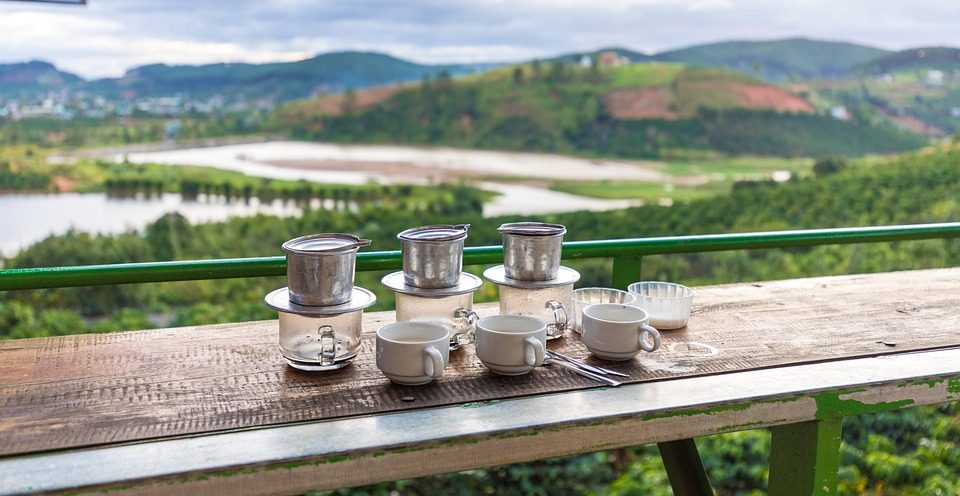Vietnam’s coffee stakeholders have begun tracking 0.5 million small-scale farmers, months before the industry-affecting EU Deforestation-free Regulation (EUDR) materializes.
According to a June 1, 2024 report on The Star Malaysia, Vietnam cannot delay certifications as it exports 40% of its coffee to Europe.
Luckily, the country has been promoting sustainable plantation agriculture since August 2023, which means that farmer traceability will be easy.
On June 29, 2023, the Ministry of Agriculture and Rural Development had even organized a “Deforestation-free coffee production” conference.
During the conference, Vietnam pledged to survey the coffee belt in the Central Highlands and register growers at the farm level.
Anti-deforestation Law’s Preparedness
The regulation will likely spur searches for new export markets by countries with low preparedness or that lack traceability systems.
Unlike Vietnam, most tropical sources of coffee have no farm-level systems in place to trace sustainable cultivation. One of these is Peru whose portion of the Mayan forest is among the world’s top deforested zones.
Indeed, EUDR requires the proof of deforestation-free origins of coffee, cocoa, rubber, beef and other commodities in the European market.
The regulation passed into law in April 2023 and it will come into effect on December 30, 2024.
Processors of products that the regulation covers must trace them to sustainable origins before they can sell inside the EU.
Europe 2nd Biggest Deforestation “Importer”
Though Europe grows very little coffee in Canary Islands, it is nevertheless the second biggest contributor of tropical deforestation.
According to the World Wildlife Fund (WWF), Europe led to 16% of deforestation in the tropics in 2017.
In 2017, the EU contributed to 203,000 hectares of tropical forest encroachment and 116 million tonnes of carbon dioxide emissions.
Soybean, palm and beef production activities lead in Western-affiliated deforestation, followed by cocoa and coffee.
Hence, the EU launched the hashtag “Together4Forests” in 2020, which drew 1.2 million members worldwide and helped hatch EUDR.
Coffee Production Down 20% in Vietnam
Even as Europe is cutting its share in deforestation, Vietnam is dealing with a production dip due to climate change.
A May 29, 2024 ministerial report indicated that Vietnam’s 2023-24 coffee production fell by 20% and brought a price hike.
The south-east Asia nation produces most of its coffee through small-scale farmers who produce 85% of its coffee beans.
As the following statistics show, registering these farmers is important as they contribute to growing export revenue from coffee.
Vietnam Coffee Statistics
Vietnam is the world’s second biggest coffee-producing nation, producing between 1.75 and 1.85 million tonnes per year. In 2022, the country ranked third after Brazil and Colombia in total coffee bean exports worth $3.3 billion. As a whole, coffee exports account for 10% of the total export income by the south-east Asia country.
What is the total plantation area of coffee in Vietnam?
Vietnam had the world’s 8th biggest harvested coffee area in 2022 at 655,920 hectares. It trailed Guinea, Uganda, Ethiopia, the Central African Republic, Colombia, Indonesia and Brazil in ascending order.
What is the main coffee variety in Vietnam?
Robusta is Vietnam’s main coffee variety and it accounts for 97% of production. It grows in the Central Highlands in Lam Dong, Dak Lak and Dak Nong, among other districts.
